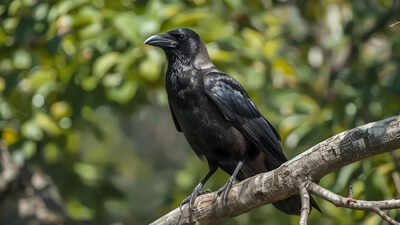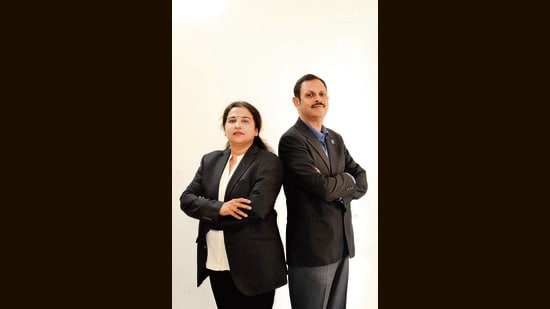How Pune Book Festival revived book buying and reading across genres
… . How Pune Book Festival revived book buying and reading … state. Publishers specialising in translations, pop-up book exhibitors … beyond Marathi. Hindi publishers have consistently reported strong … replicate. Readers flip through books, interact with authors, …








